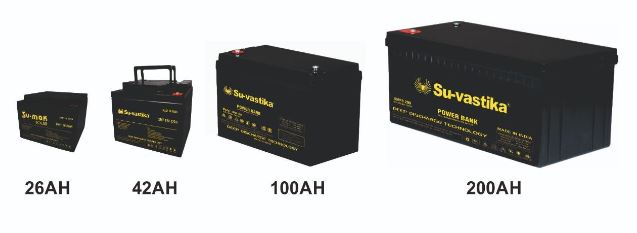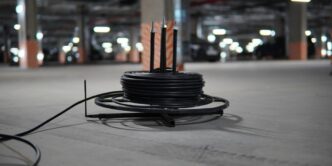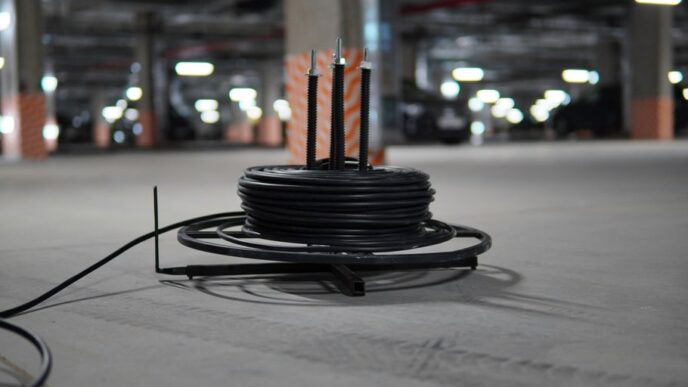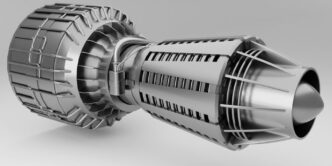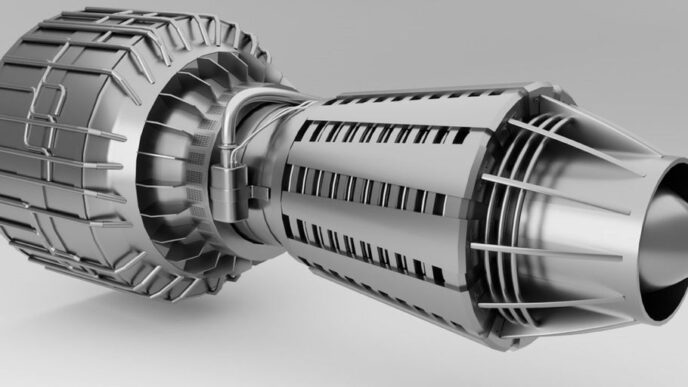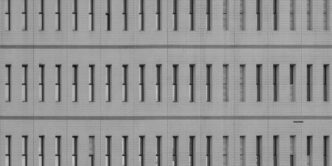The ability to choose different sizes of battery is a critical feature and a must-have for any UPS.
Offered by the cutting-edge UPS built by Su-vastika, the battery selection feature offers the users the advantage of selecting the right battery size required to be installed with the UPS.
Let’s understand it with the example of Dimple.
In her area, there is a power cut for 3 hours at a stretch almost every day. So what she needs is a battery size of 230 AH which is the maximum size available in the market. It will provide her the back-up for 3 hours on a daily basis.
However, what will happen after say 3 years when the power condition in her area changes and now the power cuts are happening for only 1-15 minutes? Well, now DImple is not in the position to change the battery size because the UPS has a bigger charger and small batteries cannot be charged with that big charger. If Dimple still wants to use a smaller battery, the battery will end up being swollen if charged with that big old charger.
In the case of Lead Acid batteries, the charging current is defined for different sizes of batteries so if Dimple wants to use a 50 Ah battery, then 5 to 6 Amp charging is sufficient to charge the battery of that sizing.
Now there are a few scenarios that she might have to face depending on which option she chooses.
- She can use less than a 5-amp charger, which means the charging time will increase
- She can increase the charging current which will make charging faster, but the life of the battery will be reduced
- If it’s a Tubular Lead Acid battery, then the water topping interval will be reduced.
If the water topping is to be done once in 6 months, then it will require watering in 3 months which will increase the wear and tear of plates inside the battery, or the battery can get damaged quickly and will not have a normal lifespan.
Now we understand that proper battery charging current is required for different sizes of batteries in the Lead Acid batteries, whether its VRLA tubular or Gel or any other Lead Acid battery.
So, to solve this issue Su-vastika has designed UPS with the feature where the user like Dimple can change the charging current of the UPS and can select through the switch at the back according to the battery size.
This feature also helps the seller to select the battery size according to the need of his area and customer and can offer different options to his customers according to their budget.
As the cost of the UPS is much lesser than the cost of the battery, the battery size defines the cost of the complete system, and the dealer is forced to sell the higher Ah battery to the customer which makes the cost of the complete system unnecessarily high.
Let us take the case of the Delhi region where a few years back the inverter/UPS sold earlier required 2 to 3 hours back up and now the requirement is only 10 to 15 minutes. So when the consumer wants to change the battery then the dealer and customer have no choice but to choose a smaller battery as the Inverter/UPS installed at the customer’s place is having a bigger charger which is fixed in Ampere say 15 Amp so if they put a small size of battery say 50 Ah so that will not be possible. If they put a 50 Ah battery then the battery will get damaged with such a higher charging current so the requirement of the charging current is 5 Amp but the Inverter/UPS is designed for the 15 Amp which is 3 times its requirement so the battery will be destroyed within the first 6 months itself.
The UPS designed by Su-vastika offers different sizes of charging current. Like in their Falcon Plus model it starts with 2.5A, 5 Amp, 10 Amp and 15 Amp so that one can install the smallest battery of 24 Ah to 230 Ah. The battery cost will vary from Rs 2,500 to Rs 12,000 which can quickly become costly for average customers. With Su-vastika UPs, customers will now get the option to choose the right battery as per their needs.

